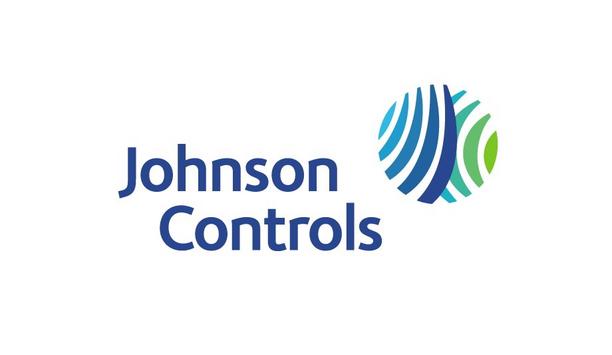To stop the spread of the COVID-19 virus, many facilities managers use disinfection technology.
This includes UV lamps that use ultraviolet germicidal radiation (UVGI) to deactivate pathogens. However, new research shows some of the negative side effects of UV disinfection on Indoor Air Quality (IAQ).
Side effects of UV disinfection on IAQ
One side effect of UV disinfection is a reduction in indoor air quality (IAQ)
Hospitals and other healthcare facilities use UV Lamps to disinfect the air, as well as high-contact surfaces in buildings. While effective in reducing the spread of viruses, one side effect of UV disinfection is a reduction in indoor air quality (IAQ).
A recent study about the unintended effects of Ultraviolet C Lamps sheds light on the issue. The research focused on a commercial UVC device.
UV lamps increase gases and small particles Concentration
The research found that using UV lamps increased the concentration of gases and small particles. The device used in the study focused on a high-intensity device for short durations in unoccupied rooms. However, lower-intensity devices used continuously in occupied rooms also pose a threat to indoor air quality (IAQ).
The danger of such UV disinfection side effects is in the inhalation of these tiny particles. When particles enter the lungs, this impacts the health of building occupants causing asthma and allergy symptoms. Long-term exposure could lead to more serious health consequences, such as respiratory diseases.
Different UVGI devices affect IAQ in different ways
Although ventilation reduces gas and particle concentrations after switching off the device, it may take up to 40 minutes for indoor air quality (IAQ) in the room to return to the previous levels. Therefore, it’s recommended that the room remain unoccupied immediately after disinfection takes place.
Different UVGI devices affect indoor air quality in different ways. Before the usage of such devices is widely adopted, the side effect of UV disinfection needs further study.
Using Building Sciences to limit UV disinfection side effects
WTI | PACS Building Sciences suite of services helps stakeholders resolve potentially expensive IAQ issues
It is the duty of building owners, facility managers, and building engineers to ensure that the people they serve have a safe and healthy environment to work or learn in.
Toward that goal, WTI | PACS Building Sciences suite of services helps stakeholders resolve potentially expensive indoor air quality (IAQ) issues. That includes dealing with all side effects of UV disinfection.
Building Sciences
Pure Air Control Services’ Building Sciences team includes expert IAQ technicians who specialize in conducting building evaluations and forensic investigations, as well as providing consultation on indoor air quality.
Their technicians also test indoor environments and provide expert witness testimony regarding the safety, comfort, and energy efficiency of occupied spaces. Before using UV devices in buildings, the team provides a benchmark baseline for indoor air quality (IAQ), before and after the use of the UV device.
Building Health Check to screen and assess allergens
Pure Air Control Services’ Building Sciences also include a Building Health Check to screen and assess dust, allergens, and mold levels. This service also records the temperature, humidity, and moisture content of the walls and floors. Additionally, their HVAC Hygiene Assessment measures the effect a building system has on indoor air quality (IAQ).
Further protection in the form of monitoring comes from IAQ Guard 2.0. This system offers 24/7 monitoring of indoor environmental conditions through an all-in-one module, while a remote team observes. This allows facilities managers to react fast to any changes in environmental conditions, including the negative side effects of UV disinfection.
WTI Environmental Test Chamber
Another important step in maintaining safe indoor spaces is testing
Another important step in maintaining safe indoor spaces is testing. For example, WTI laboratory services use their environmental test chamber to conduct product efficacy studies.
In fact, the WTI Environmental Test Chamber is one of the few laboratories in North America that offers bespoke aerobiological testing chambers for evaluating air purification devices (APDs), antimicrobial agents, and chemicals.
State-of-the-art custom-built testing chamber lab
The laboratory uses a state-of-the-art custom-built testing chamber lab. The chamber is fully accredited under A2LA, CDC ELITE NY State Department of Health. The test chamber evaluates a variety of APD products including UVC lamps. Facilities managers receive a thorough report containing the results, a data log, and images after the completion of the tests and analysis.
The effectiveness of the product can then be determined based on the results. In addition to UV devices, the WTI Environment Test Chamber also conducts testing on air-cleaning devices, floor coverings, cleaning and filtration products, and HVAC equipment.














